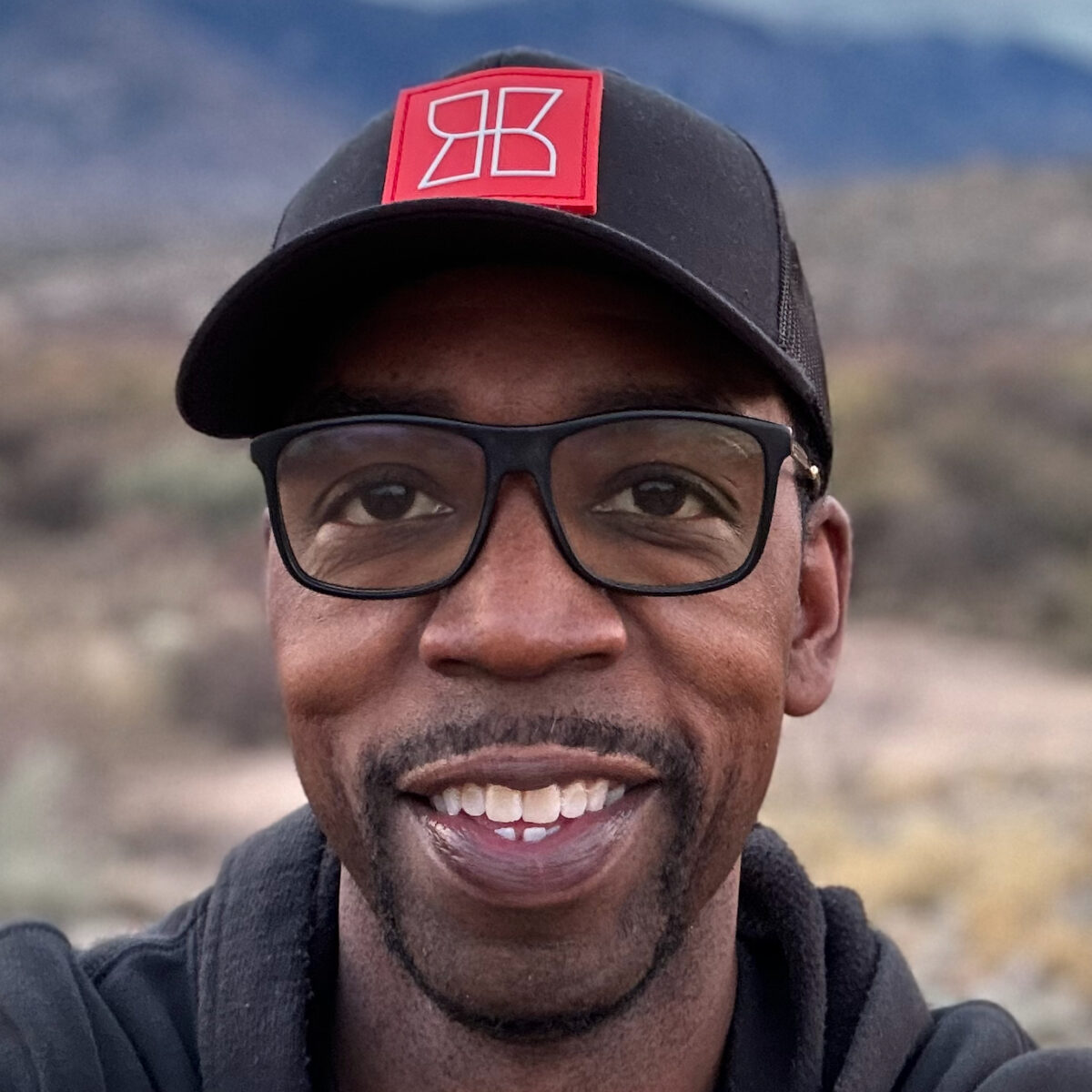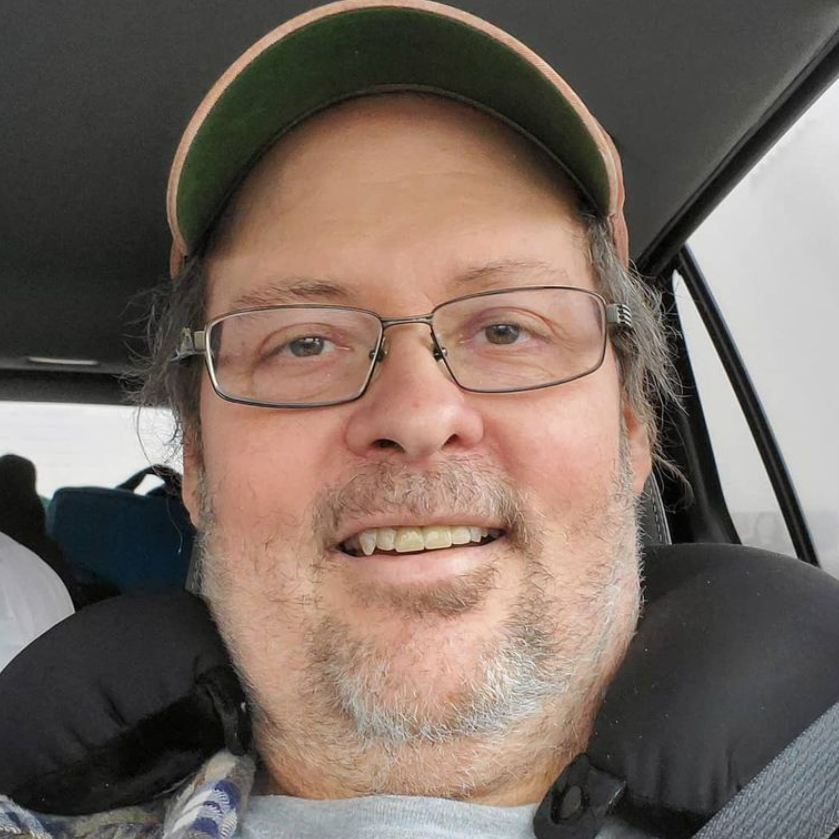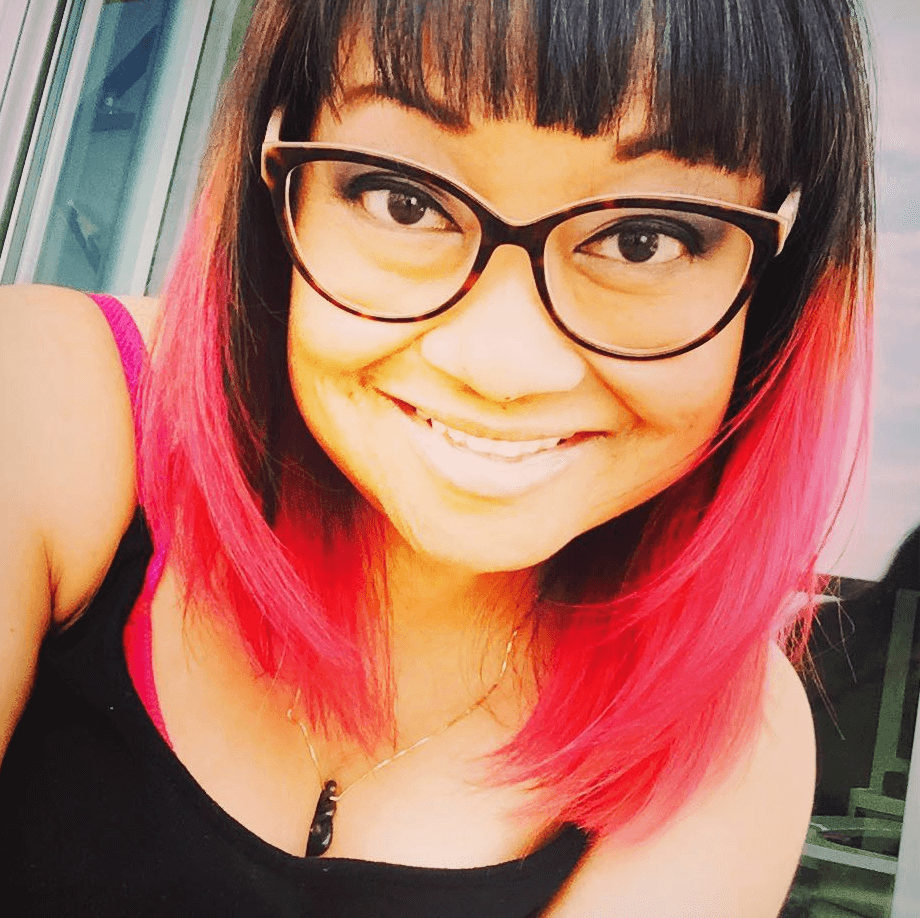Hip-Hop, Hope, and Health: Oya Gilbert’s Multiple Myeloma Story
Oya Gilbert shares his powerful journey battling multiple myeloma, which began in 2015. Given his high energy and healthy past, Oya knew something was wrong when he began experiencing serious symptoms such as severe fatigue, bone and back pain, and episodes of passing out.
Living in a rural area, he faced challenges getting a proper diagnosis, as local medical professionals failed to identify his condition accurately. Initially, doctors misdiagnosed his symptoms as anxiety, leading to ineffective treatments. Eventually, in 2017, doctors diagnosed him with stage 1 multiple myeloma, a revelation that was both a relief and a new challenge.
Interviewed by: Taylor Scheib
Edited by: Chris Sanchez
Throughout his ordeal, Oya leaned on his love for music, particularly hip-hop, to cope with the emotional and physical toll. Since his childhood, music had provided him a therapeutic escape and inspiration during difficult times. Oya’s faith in God and a love for laughter also played key roles in maintaining his positivity. Embracing humor, he founded the Hip, Hope, Hooray! Black Men Talking Health Podcast to share his experiences and spread joy.
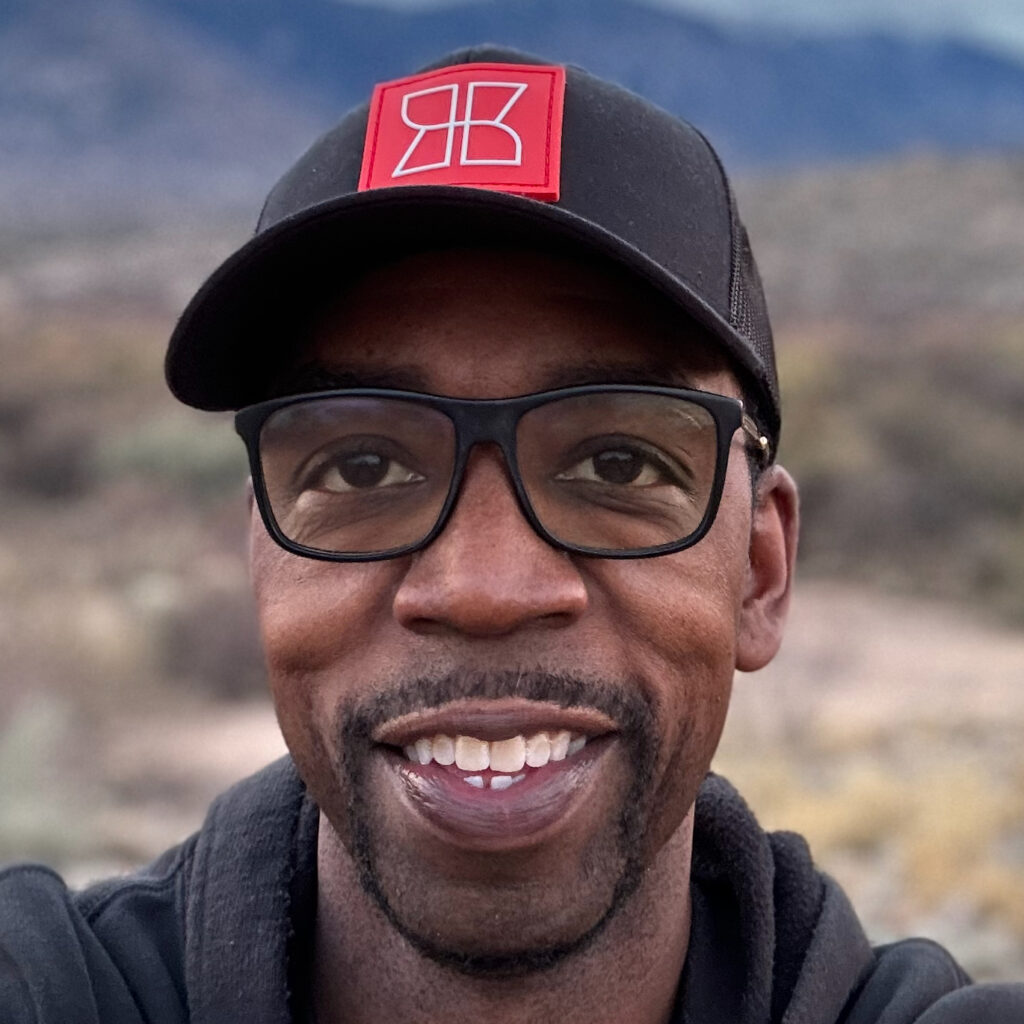
Over the 7 years since his diagnosis, Oya has experienced a significant improvement in his quality of life. He attributes this to positive thinking and appreciating life’s small joys. He remains acutely aware of life’s precious moments, determined to make the most of his time.
Driven by his experiences, Oya became a patient advocate, founding the Health, Hope, & Hip-Hop Foundation. His goal is to address disparities in cancer treatment and use hip-hop as a positive force for change. As a speaker and presenter at the 2024 American Society of Hematology (ASH) meeting, roles typically held by doctors, clinicians, and researchers, Oya presented findings from a discussion on healthcare disparities faced by multiple myeloma patients of color in the U.S. He helped to propose actionable solutions, focusing on improving health equity for multiple myeloma patients.
It wasn’t a short road to becoming one of the three patients who are lead authors on this paper – it started with many meetings, conversations, and showing up in person to take part at two health equity summits where they, doctors, researchers, and other advocates met to discuss the huge subject of how to improve access to care and healthcare outcomes for multiple myeloma patients, especially those in the Black/African-American community. They poured countless hours into what would become a very synthesized version of their discussions – this ASH paper and presentation.
Oya’s story is one of resilience and advocacy, as he continues to contribute to the myeloma community and inspire others. With a firm belief in turning adversity into triumph, he exemplifies the power of choice — choosing to be an overcomer rather than a victim. He works tirelessly to make a difference in the lives of others facing similar challenges.
- Name:
- Oya Gilbert
- Diagnosis:
- Multiple myeloma
- Staging:
- Stage 1
- Initial Symptoms:
- Fatigue and malaise
- Bone and back pain
- Foam in his urine
- Passing out
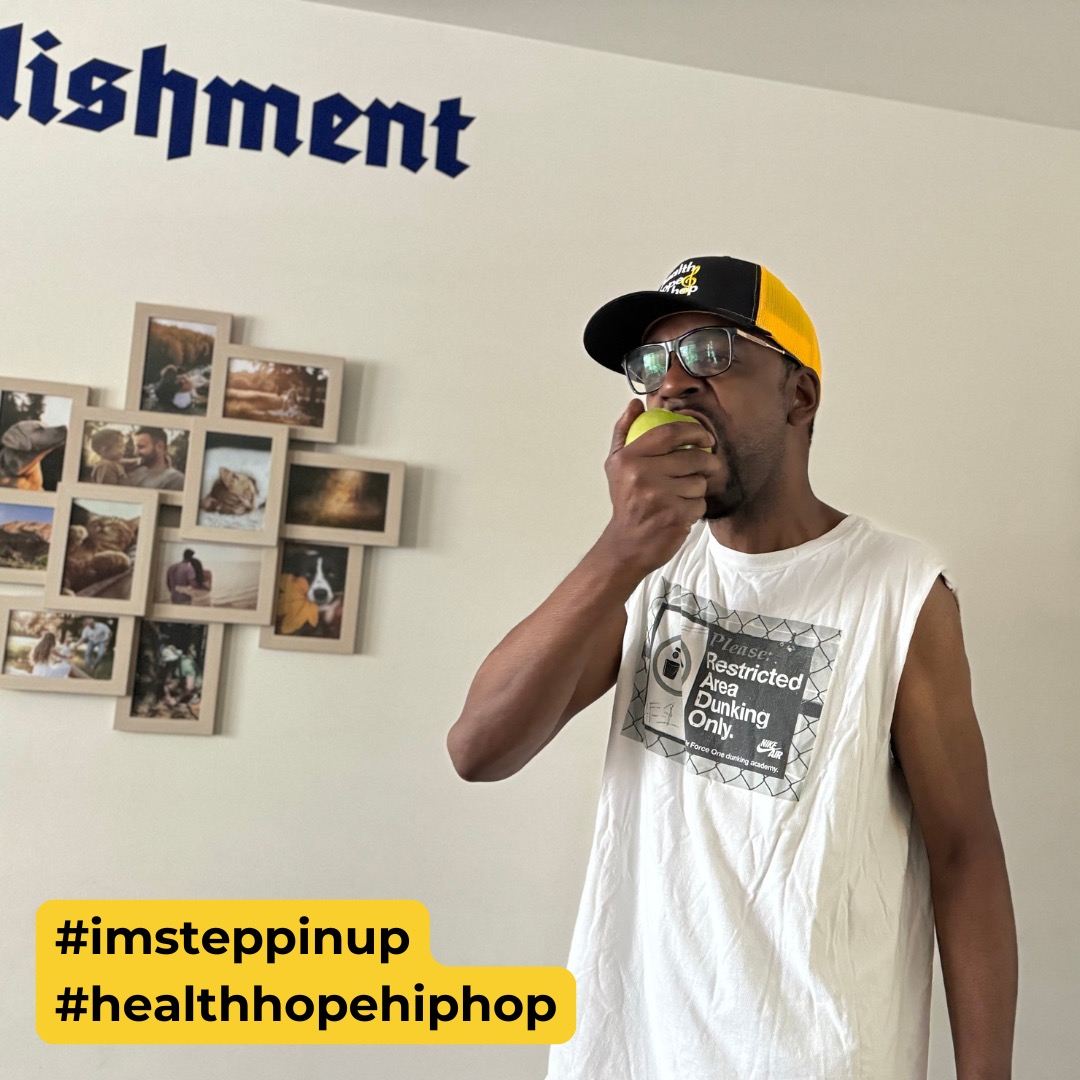

Thank you to Pfizer for their support of our patient education program! The Patient Story retains full editorial control over all content.
This interview has been edited for clarity and length. This is not medical advice. Please consult with your healthcare provider for treatment decisions.
You can make a choice. You can be either a victim or an overcomer.
Introduction
My name is Oya Gilbert. I’m the father of two boys and one girl.
I was diagnosed with multiple myeloma in 2017. It’s been 7 years since my diagnosis.
I love music. I grew up listening to hip hop; I can say that it’s a way of life for me. Music for me is cathartic, I’ll turn on a track I love and I can zone all the way out. Music was a way for me to escape tough moments in my childhood and create a new reality.
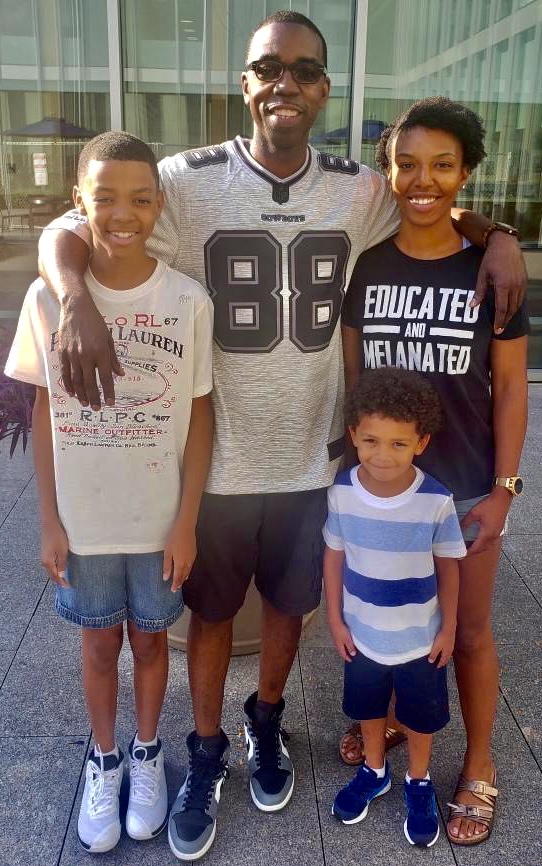
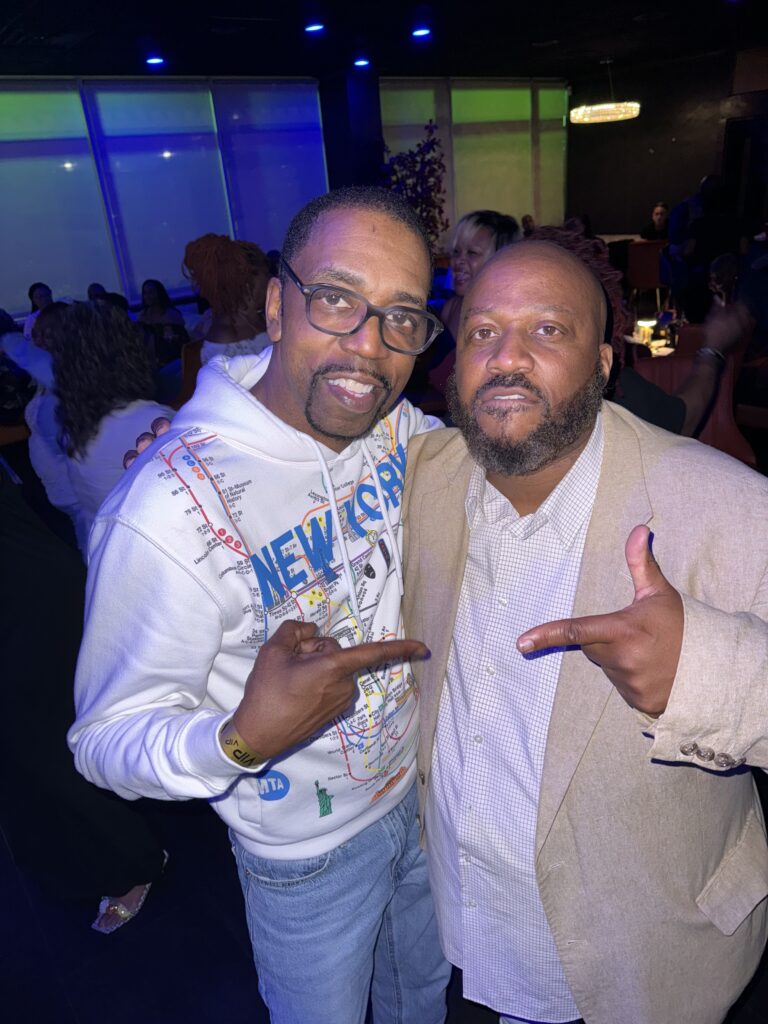
From fatigue and pain to a multiple myeloma diagnosis
Initial symptoms
My story started back in 2015 with fatigue and feeling weird. That was when I learned the difference between being tired and fatigued. I had never really been sick up to that point, and hadn’t even had a broken bone, and I am a high-energy kind of person, so I knew something was wrong. My sleep times would last as long as 10 or 11 hours a night, and even when I would go to work, I would nap for 20, 30 minutes.
I started seeing a lot of foam in my urine and also began to experience bone and back pain. I would be up at 12 midnight to about 4 a.m. with that pain, which would sometimes be tremendous, and I even passed out a couple of times in front of my children.
The term I use to refer to these experiences is “episodes”. These episodes progressed from that point. They would happen maybe once or twice every few months, and then they started happening more frequently, once a month, and then once a week.
Diagnosis
So I started trying to figure out what was wrong with me. I went to see the different specialists in my area. I live in a very rural area, and my community is predominantly older than I am and White. The doctors I consulted couldn’t tell what was wrong with me.
I would tell those doctors that as much as possible, I didn’t want to take medication because I didn’t want to be addicted to anything. But they didn’t really listen to me. They gave me the wrong medication and actually labeled me as having anxiety and being a hypochondriac. I tried taking the anxiety meds but they actually led to my getting into an accident, after which I stopped taking them. The specialists were at least able to tell me what I didn’t have, which was wonderful. But on the other hand, I just kept getting sicker.
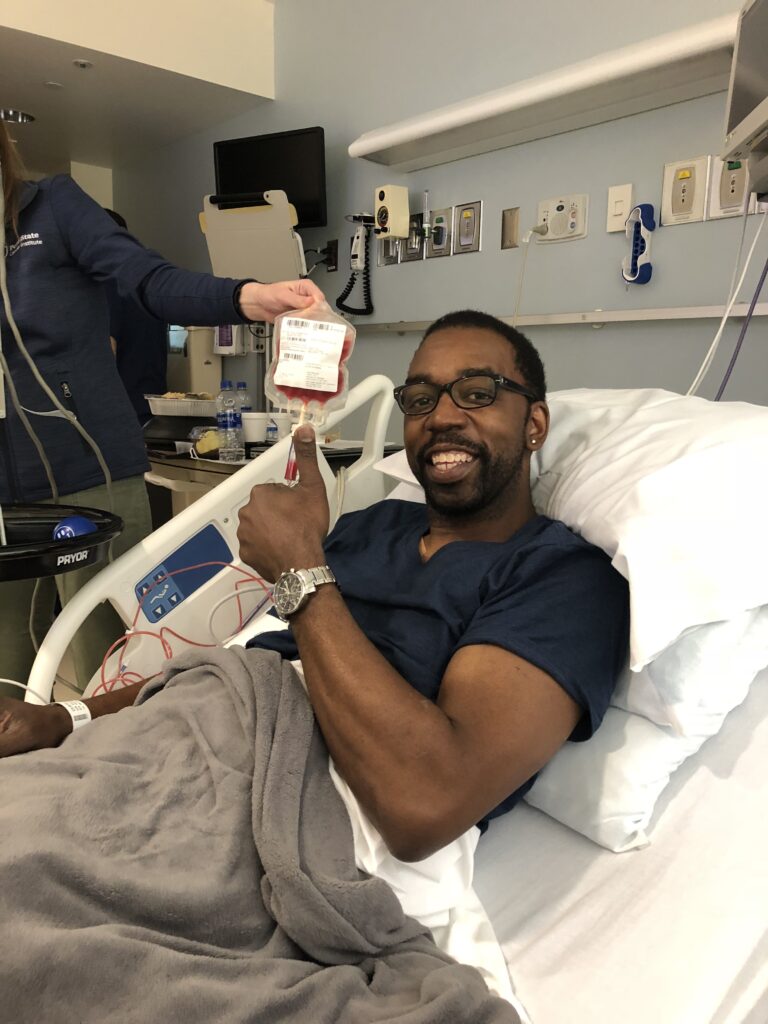
I had a full-time job and was trying to work, but it was such a struggle. Depression wasn’t a concern, but I was feeling hopeless — and it got to the point that I actually thought I was going to die. I even called up my insurance company to try and increase my insurance policy.
Eventually, they finally did discover what was wrong with me, that I had multiple myeloma in my blood. Thankfully, I was in stage 1, maybe borderline stage 2, and didn’t have a lot of lesions and things of that nature.
After this diagnosis, the doctors were able to set me on the right path. But it took about 2 years for that to happen.
My experience has led me to immerse myself in the cancer realm, be part of the solution, do more for others, and become an advocate.
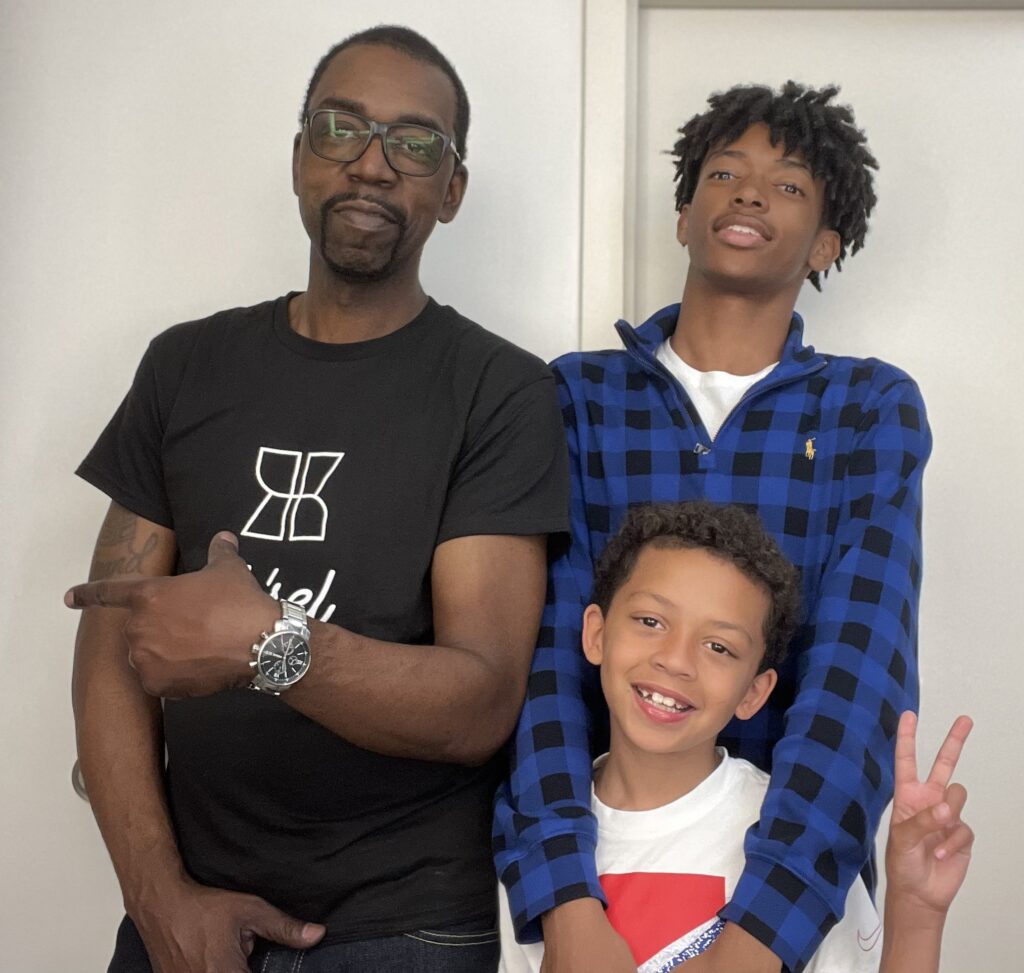
Reaction to his experience
I was just very blessed to not have passed away from this illness before I was diagnosed and it could be treated. But I was certainly on the way to that point.
People shouldn’t have to go through those different types of scenarios in this day and age. People should be able to be diagnosed in the early stages and not have to go through what I went through.
I describe my experience as deflating because the doctors I was seeing didn’t really listen to me and it took a long time before they finally diagnosed what I had as multiple myeloma. The health care providers I consulted didn’t seem to be educated enough about my cancer, and maybe not regarding cancer in Black people.
And when I was diagnosed, it was a bittersweet moment. On one hand, I could tell everyone, see, I really did have something serious. But on the other hand, as we all know, multiple myeloma is incurable. And so that touched off a whole new set of emotions and opened up new directions for my life.
But that being said, I’ve stayed positive and tried to stay happy. It comes partly from my faith in God. But it also comes from my love of laughter. I think laughter is the greatest medicine God created. And so I’ve channeled my love of humor into a podcast I host, the Hip, Hope, Hooray! Black Men Talking Health Podcast.
My diagnosis has also made fatherhood a little challenging, because there are such age gaps between my kids; my youngest son was 3 when I was diagnosed, while my oldest boy was 10, and there’s my daughter who’s older still. This meant that I had to have a different conversation with each one. I had to keep it from my oldest son because I didn’t think he could handle it back then. Obviously, my youngest boy didn’t know what was going on, only that his dad was in the hospital.
As I mentioned earlier, it’s been 7 years since I was diagnosed and my treatment started. My quality of life has improved. I’ve been somewhat healthy. And because I’ve been around for that length of time after my diagnosis, I’ve managed to experience many things. For instance, I’ve been able to walk my daughter down the aisle.
Cancer changes your entire perspective of life — every aspect of it. When you get cancer, you reach out and grab on to anything positive to help keep you out of that rabbit hole of agonizing over cancer. I appreciate all the little things, things we take for granted, even things like using the bathroom.
I now say that I’m very conscious of everything around me. I’m acutely aware of the importance of cherishing the moments and doing as much as we can while we’re still here. I’m going to do as much as I can while I’m healthy-ish.
Becoming a patient advocate
Setting up the Health, Hope, & Hip-Hop Foundation
Ultimately, I’m trying to learn more about my cancer, including how the disparities in knowledge and expertise that I experienced affect others too. My experience has led me to immerse myself in the cancer realm, be part of the solution, do more for others, and become an advocate.
The advocacy bug actually bit me so hard that I decided to move the needle a little bit more and start a foundation as well: the Health, Hope, & Hip-Hop Foundation.
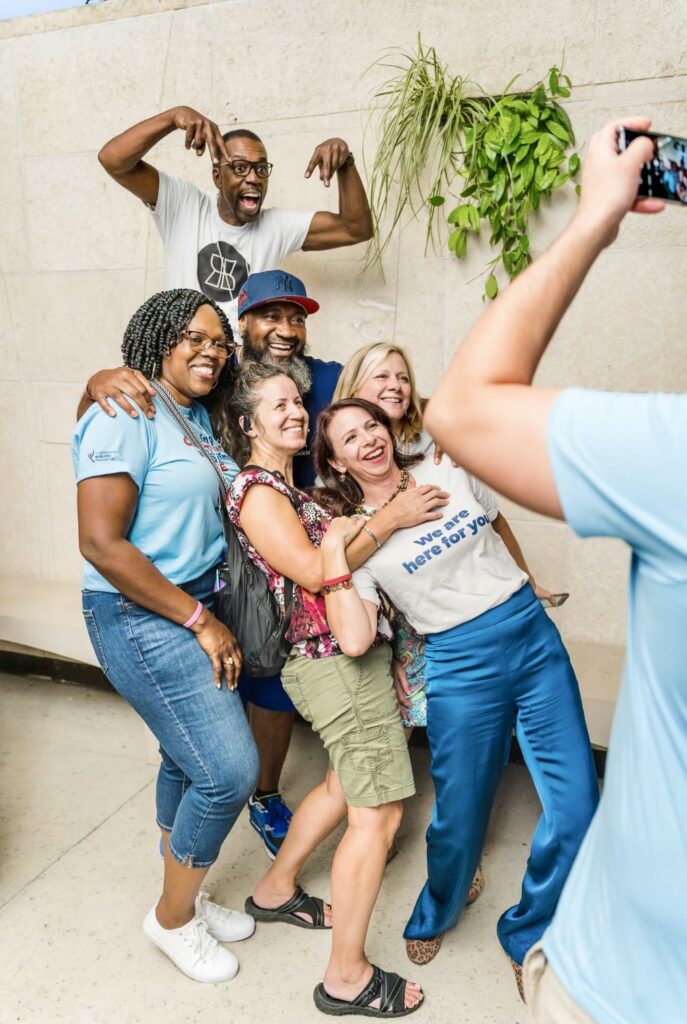
I’ve mentioned that I’m really into music, especially hip hop. Hip-hop has touched every facet of the planet, but it’s sort of underutilized as a force for change, because we haven’t always used it for positive things. And that’s how my foundation came to be, using hip-hop, since it’s such a powerful tool that touches everyone and which so many people are already into.
It’s just like a super bright light bulb came on in my head and I went, okay, let me see if I can put something together. And it took a lot of people to help me get to this point, for which I am very grateful.
I am blessed with the opportunity to have a seat at the table and make a difference as a Black American, a member of the Black and Brown community.
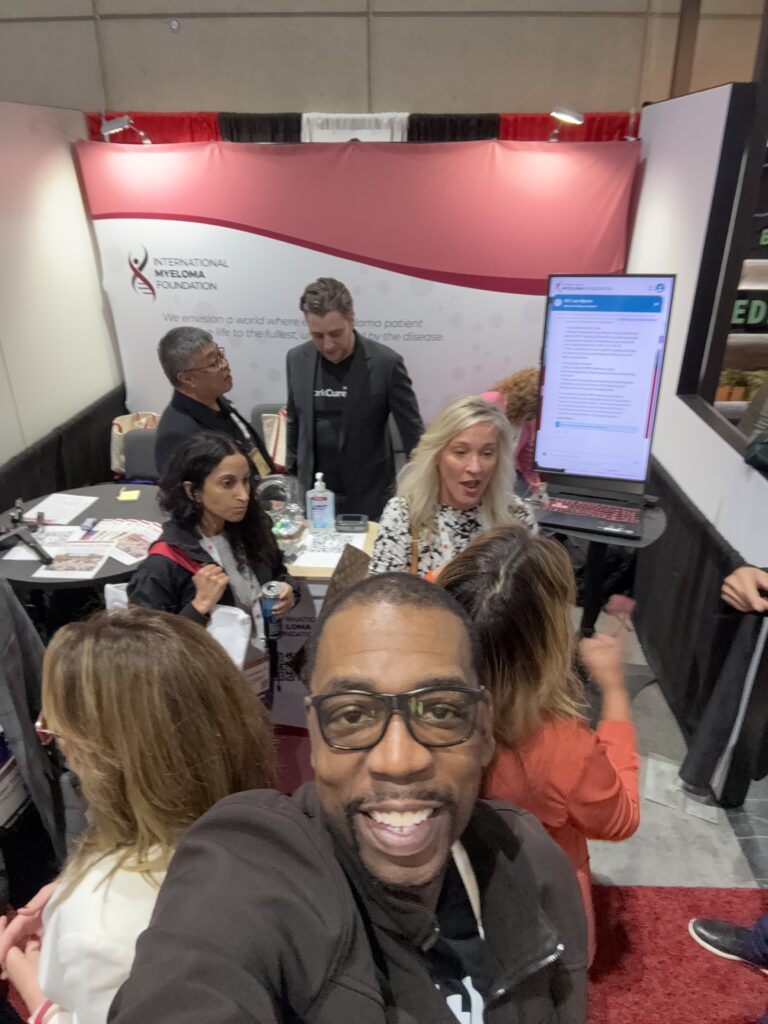
The Honor of Presenting at the American Society of Hematology (ASH) meetings – as a Patient
Editor’s note: The ASH meeting is an annual gathering of tens of thousands of health care professionals from around the world, where they are selected to share clinical updates, therapies, and practice strategies in myeloma research. Oya was one of three patients to lead this particular paper and presentation, which is a rare position held by patients for ASH.
I’m proud to have [presented] in 2024 ASH meetings, the latter of which was held just last December. I [helped to lead] a paper and presentation entitled “A Patient Perspective on Actionable Steps to Address Disparities in Healthcare Among US Patients with Multiple Myeloma.”
The session tackled the findings of two multiple myeloma Health Equity Summits, which gathered patients, advocates, and healthcare professionals to discuss and address disparities in multiple myeloma treatment. We identified key issues, including:
- Delayed diagnoses due to lack of awareness
- Cultural biases in healthcare
- Limited access to specialists.
We proposed solutions such as:
- Enhancing provider training
- Expanding support groups
- Improving health literacy through clear, accessible information.
And we also made other recommendations, including using telehealth, reducing referral biases, and increasing diversity among providers to foster trust.
So the focus was on patients’ perspectives on actionable items to address disparities in health care among patients with multiple myeloma. And what we wanted to get out of this was to figure out how we could increase health equity. And so we poured all the data and ideals we had into a bucket, and decided which ones to prioritize.
Thanks to these discussions, we put together actionable steps for healthcare professionals and policymakers to improve equity in multiple myeloma care.
I am blessed with the opportunity to have a seat at the table and make a difference as a Black American, a member of the Black and Brown community. We need to take advantage of these opportunities.
You can make a choice. You can either be a victim or an overcomer.
Follow Oya’s work with the Health, Hope, & Hip-Hop Foundation.
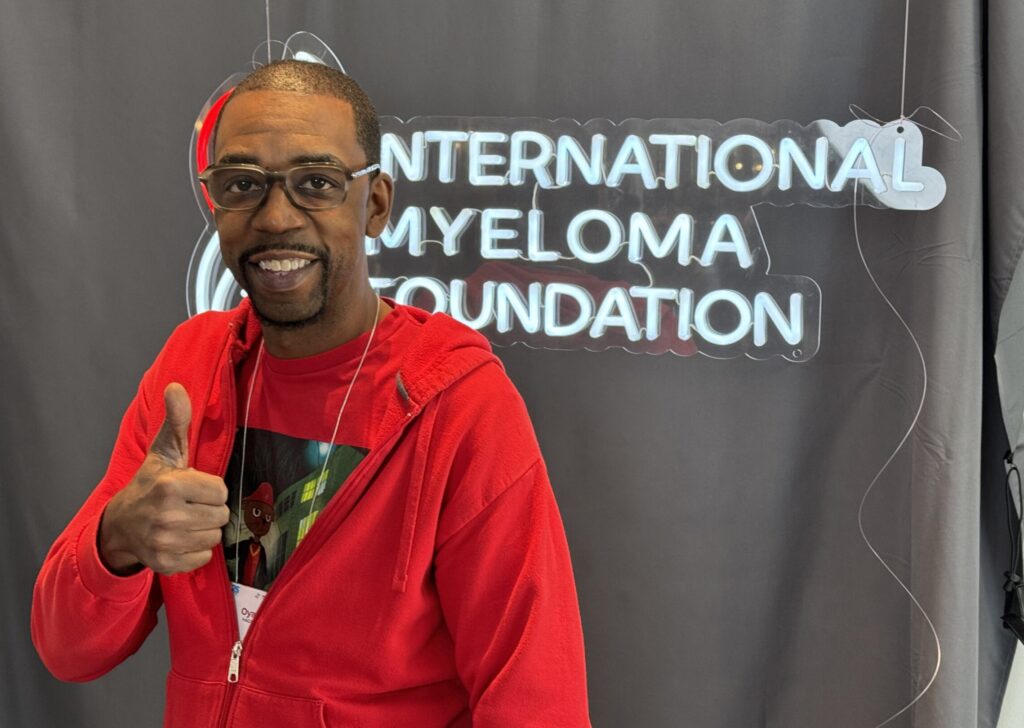

Special thanks again to Pfizer for their support of our patient education program! The Patient Story retains full editorial control over all content.
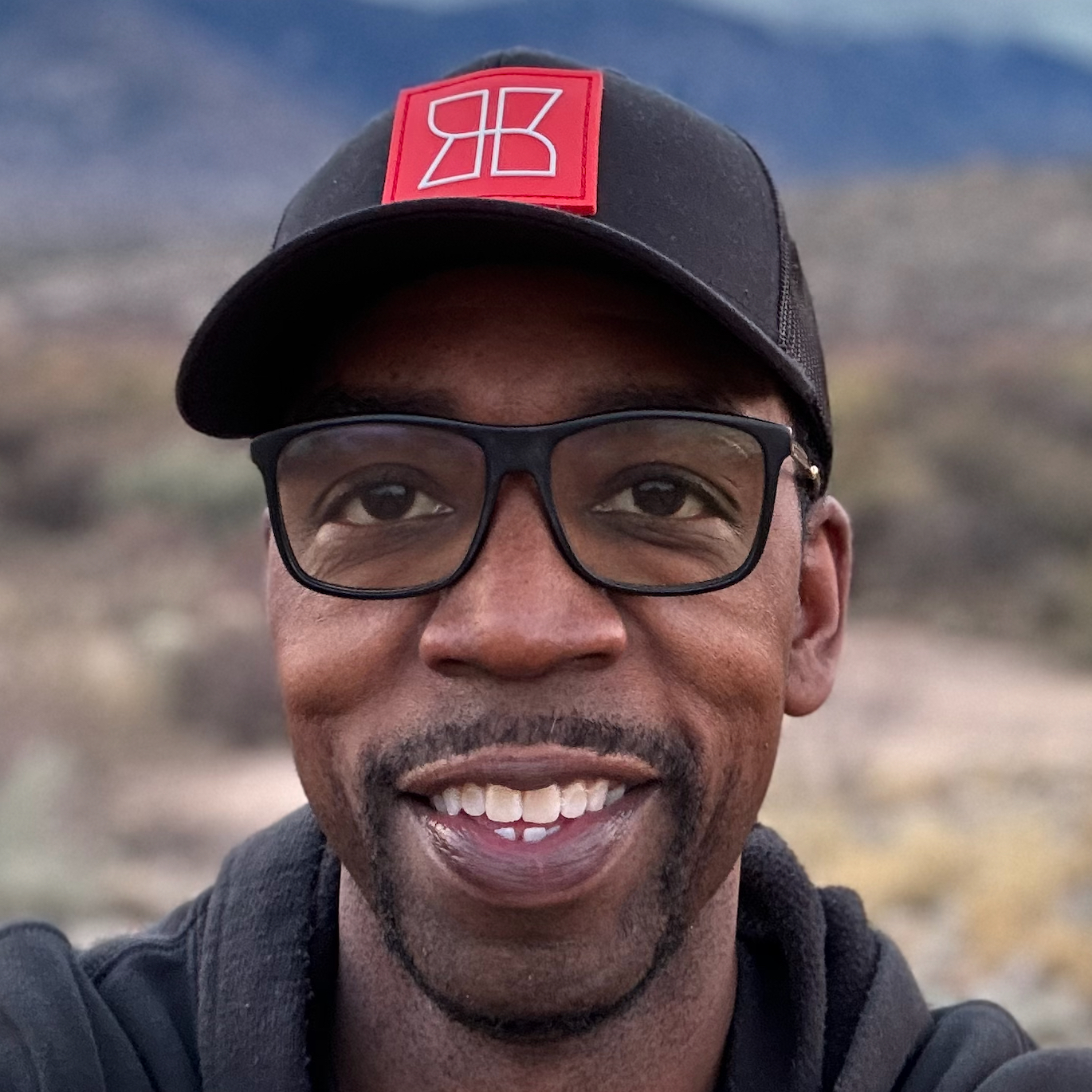
Inspired by Oya's story?
Share your story, too!
Dr. Blue on Improving Myeloma Care for Black Patients
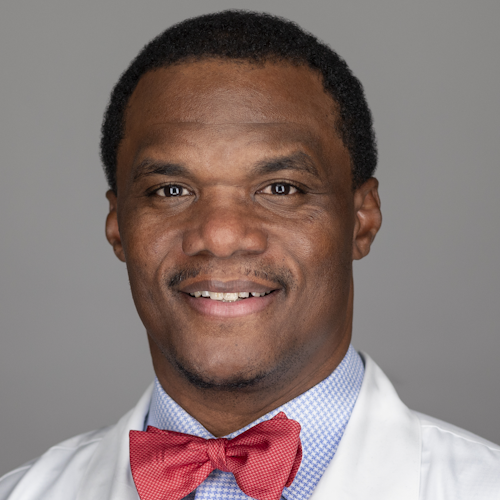
Dr. Brandon Blue knew at a young age that he wanted to help people. Decades later, he’s done that and so much more, changing and saving the lives of people who’ve been diagnosed with cancer. Dr. Blue shares key strategies for better health care and saving lives, especially in Black communities impacted by multiple myeloma.
Related Cancer Stories
More Multiple Myeloma Stories
Tim H., Multiple Myeloma
Symptoms: None that could be identified; cancer found through CT scan for gallbladder removal
Treatments: Chemotherapy, stem cell transplant
Scott C., Refractory Multiple Myeloma, Stage 3
Symptoms: Pain in hips and ribs, night sweats, weight loss, nausea
Treatments: Clinical trial, chemo, kyphoplasty, stem cell transplant
Jude A., Multiple Myeloma, Stage 3
Symptoms: Pain in back, hips and ribs; difficulty walking
Treatments: Bilateral femoral osteotomy, reversal due to infection; chemotherapy
